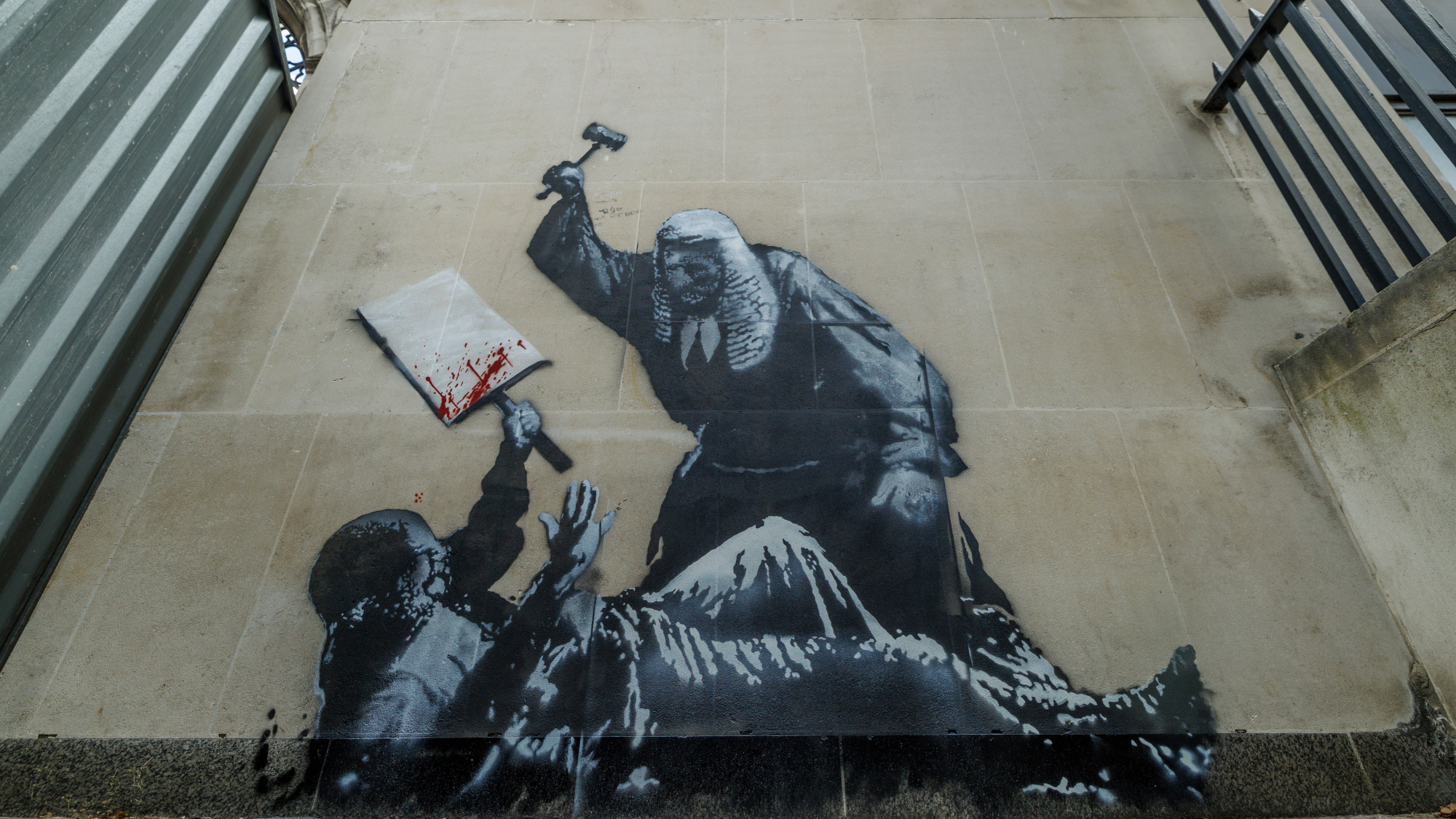Argentina's outlaw saints
During dire economic times, the country's Catholics are turning to flawed "saints of the poor"

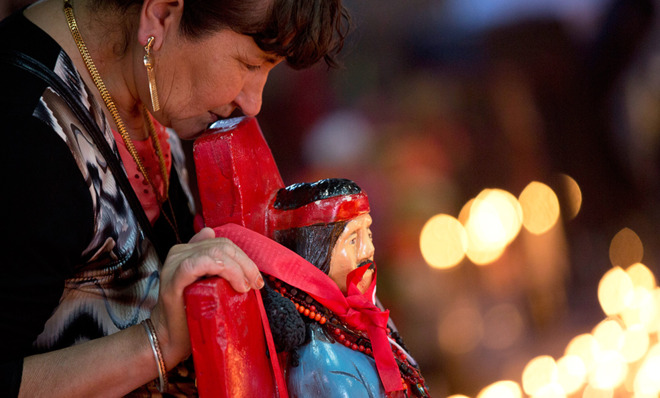
In a country both incredibly religious and overwhelmingly poverty-stricken, it makes sense that Argentina's Catholics would turn to relatable symbols of hope.
"Common people are very expressive and search for the palpable," Rev. Toto De Vedia, a priest who leads a parish in Buenos Aires, told The Associated Press. "This is the case with a saint whose way of living is very close to theirs."
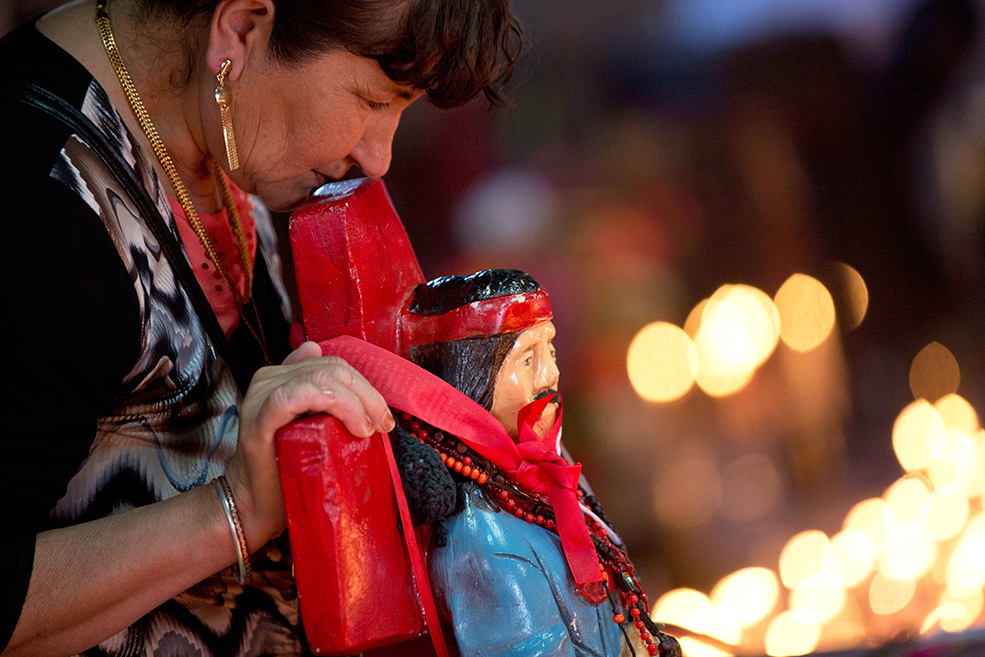
Enter: "folk saints."
The Week
Escape your echo chamber. Get the facts behind the news, plus analysis from multiple perspectives.

Sign up for The Week's Free Newsletters
From our morning news briefing to a weekly Good News Newsletter, get the best of The Week delivered directly to your inbox.
From our morning news briefing to a weekly Good News Newsletter, get the best of The Week delivered directly to your inbox.
Unrecognized by the Roman Catholic Church, these heroes to the common faithful include San La Muerte (the saint of death), Gauchito Gil (a Robin Hood-esque outlaw who stole from the rich and gave to the poor), and La Difunta Correa (who, legend says, gauchos found dead in the desert but whose baby remained alive, suckling on her miraculously still-full breast).
Millions of people visit a sanctuary that honors La Difunta Correa each year; there, they make offerings to her in the hope that she will return to them good health or fortune.
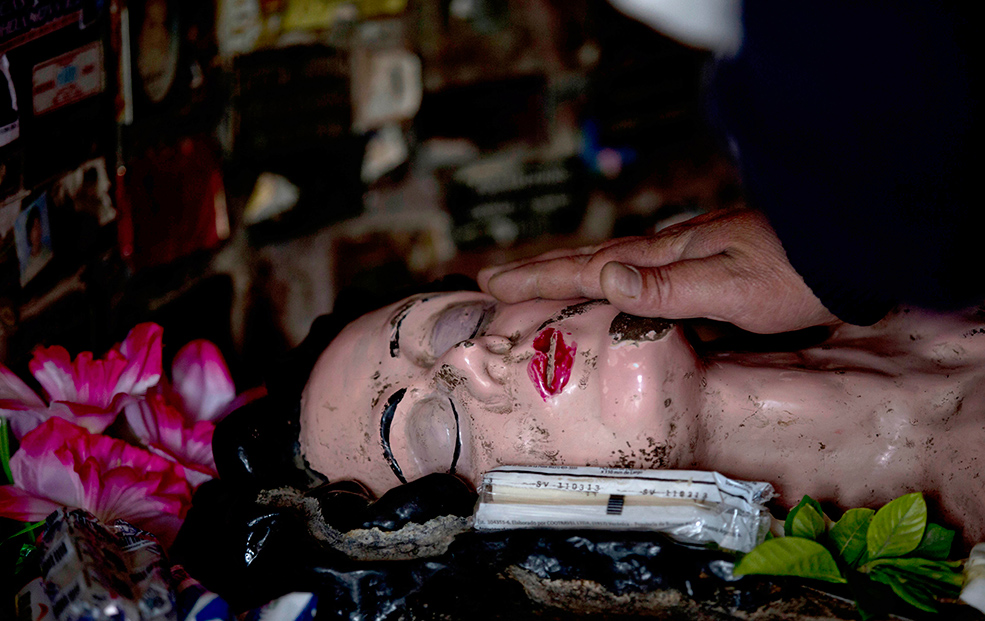

In a dusty slum of Buenos Aires called La Carcova sits a tiny structure made of garbage that was built by Carlos Marquez, who spent 15 years in prison for armed robbery. Marquez lives in the slum and maintains the sanctuary, which he dedicates to his favorite folk saints, San La Muerte and Gauchito Gil.
"He is the saint of the poor," Marquez says of Gauchito Gil, the young mustachioed saint who is depicted with long, wavy black hair and a red bandana tied around his head and shoulders. Legend has it, before the thief's throat was slit by police on Jan. 8, 1878, Gauchito Gil pledged to become a miracle worker. Now, hundreds of thousands of devotees come each year exchanging offerings for miracles.
A free daily email with the biggest news stories of the day – and the best features from TheWeek.com
But Gauchito Gil's story is downright ancient compared to Gilda's. Born Miriam Alejandra Bianchi in 1961, Gilda was a popular Argentinean singer who died in a bus crash in 1996 along with her family and band members. Soon after her death, her fans started attributing miracles to her and calling her a saint. Each year on her birthday, October 11, people gather outside her tomb, bringing gifts and flowers.
Below, images of Argentina's faithful finding guidance through less-than-saintly saints.
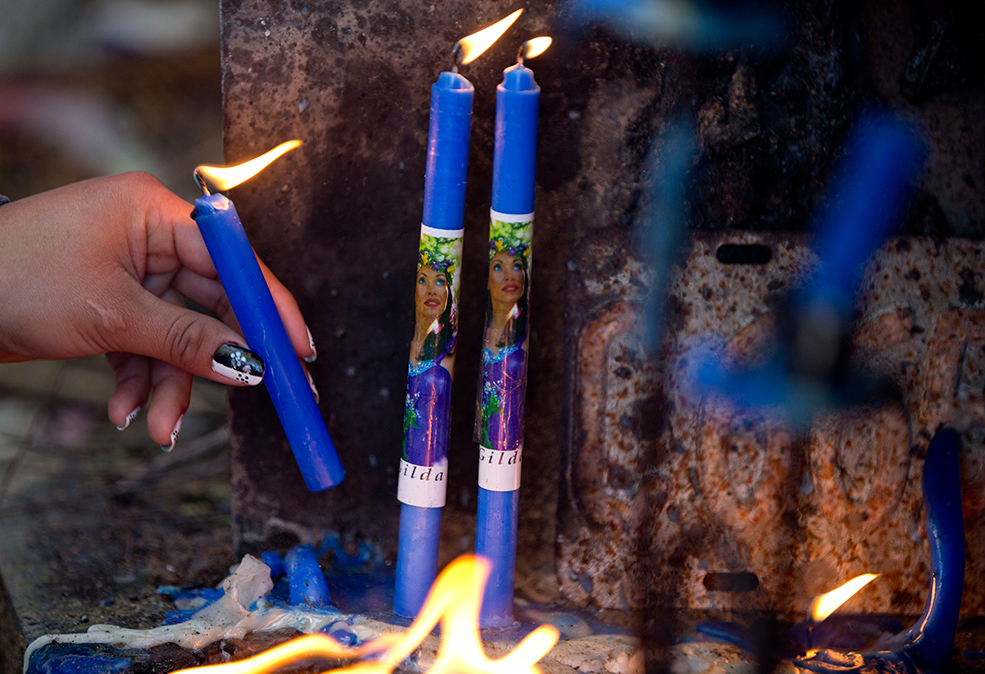

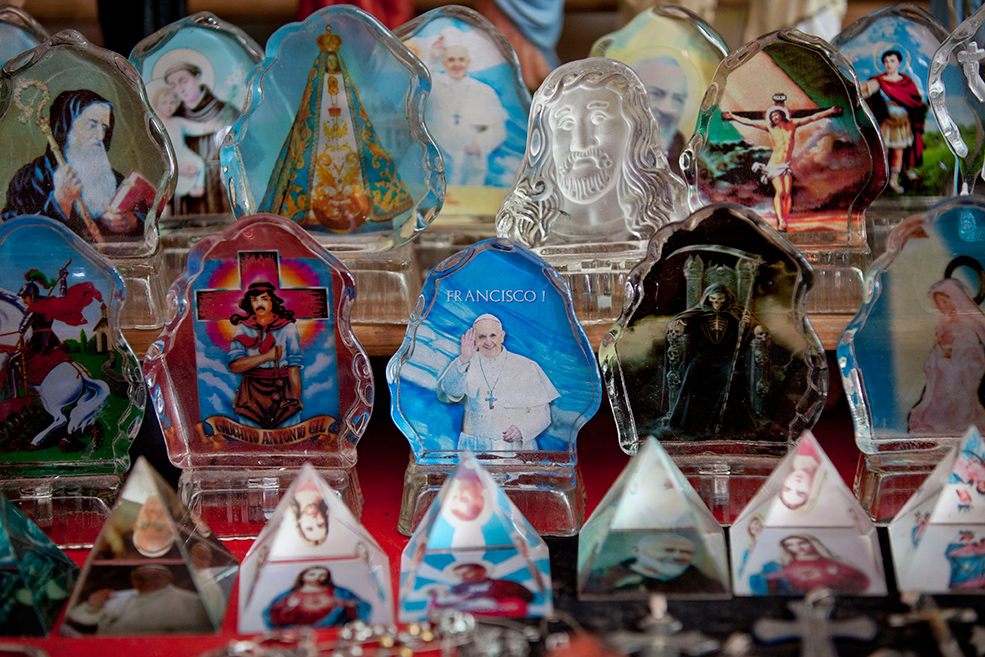
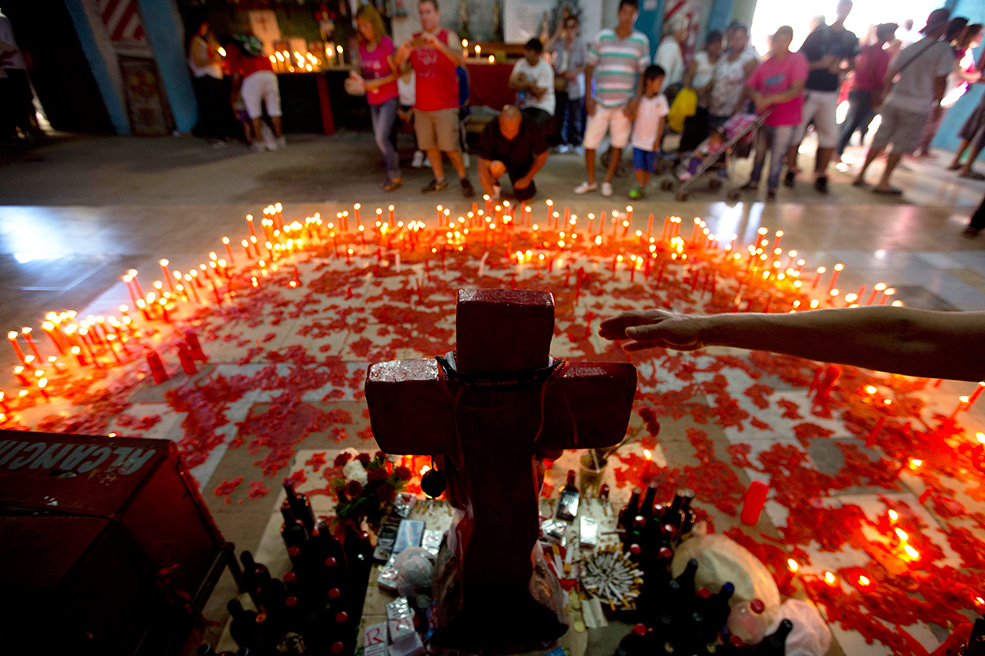
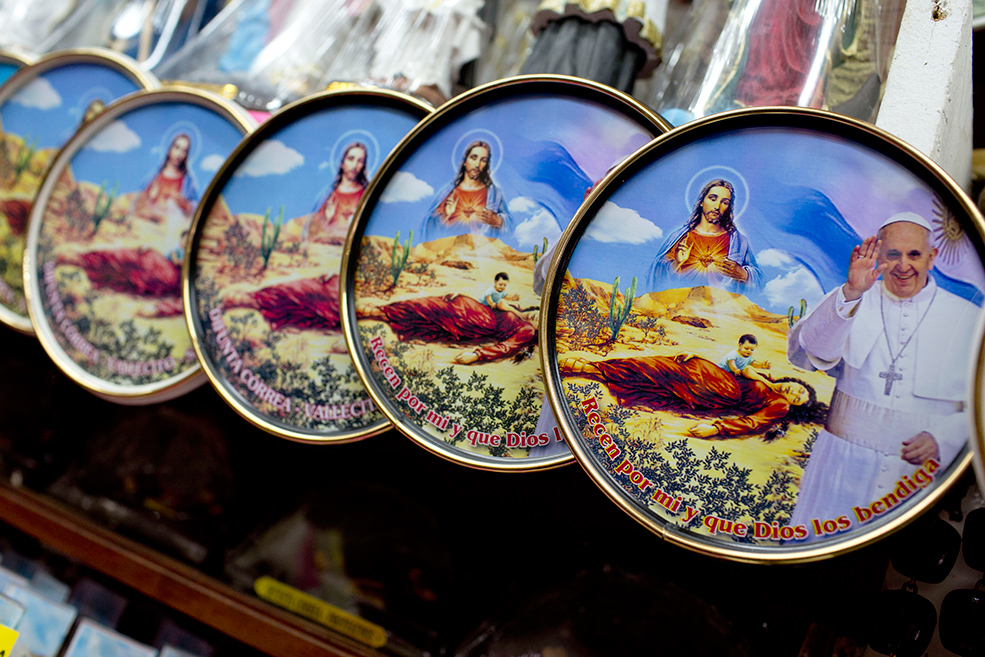
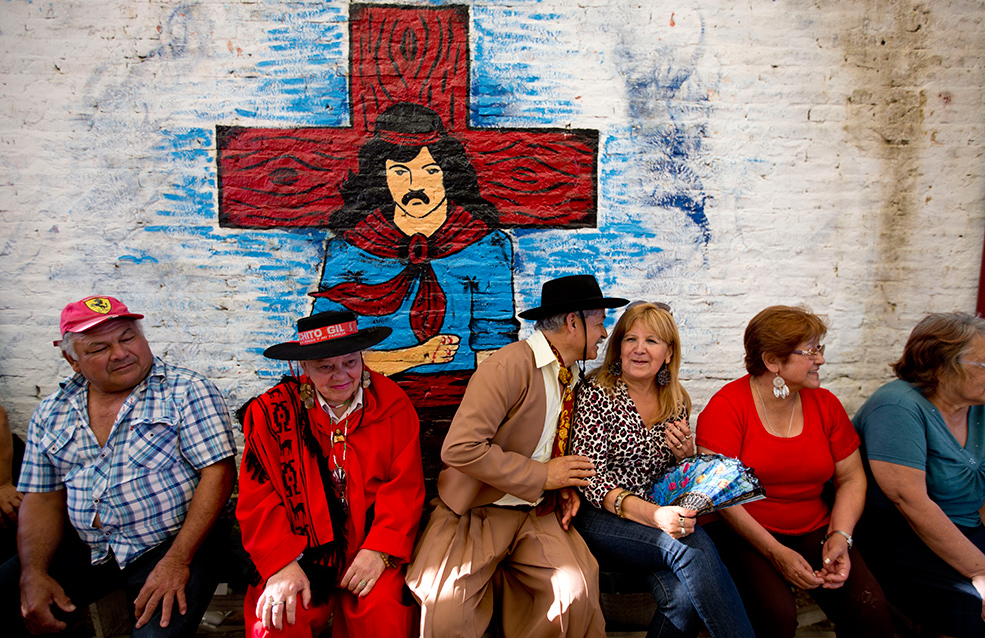
Sarah Eberspacher is an associate editor at TheWeek.com. She has previously worked as a sports reporter at The Livingston County Daily Press & Argus and The Arizona Republic. She graduated from Northwestern University's Medill School of Journalism.

